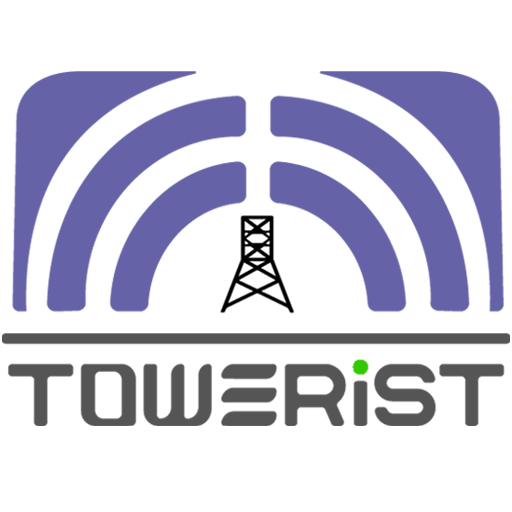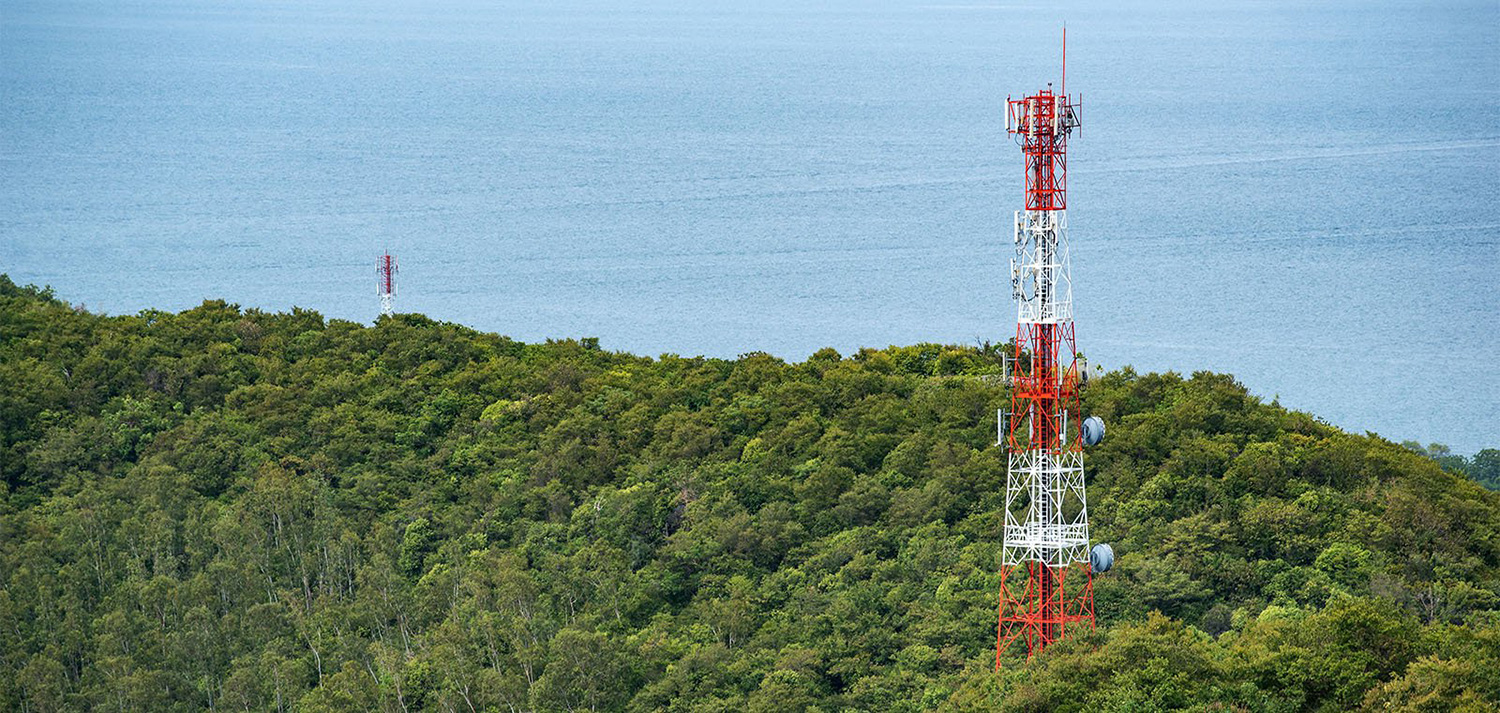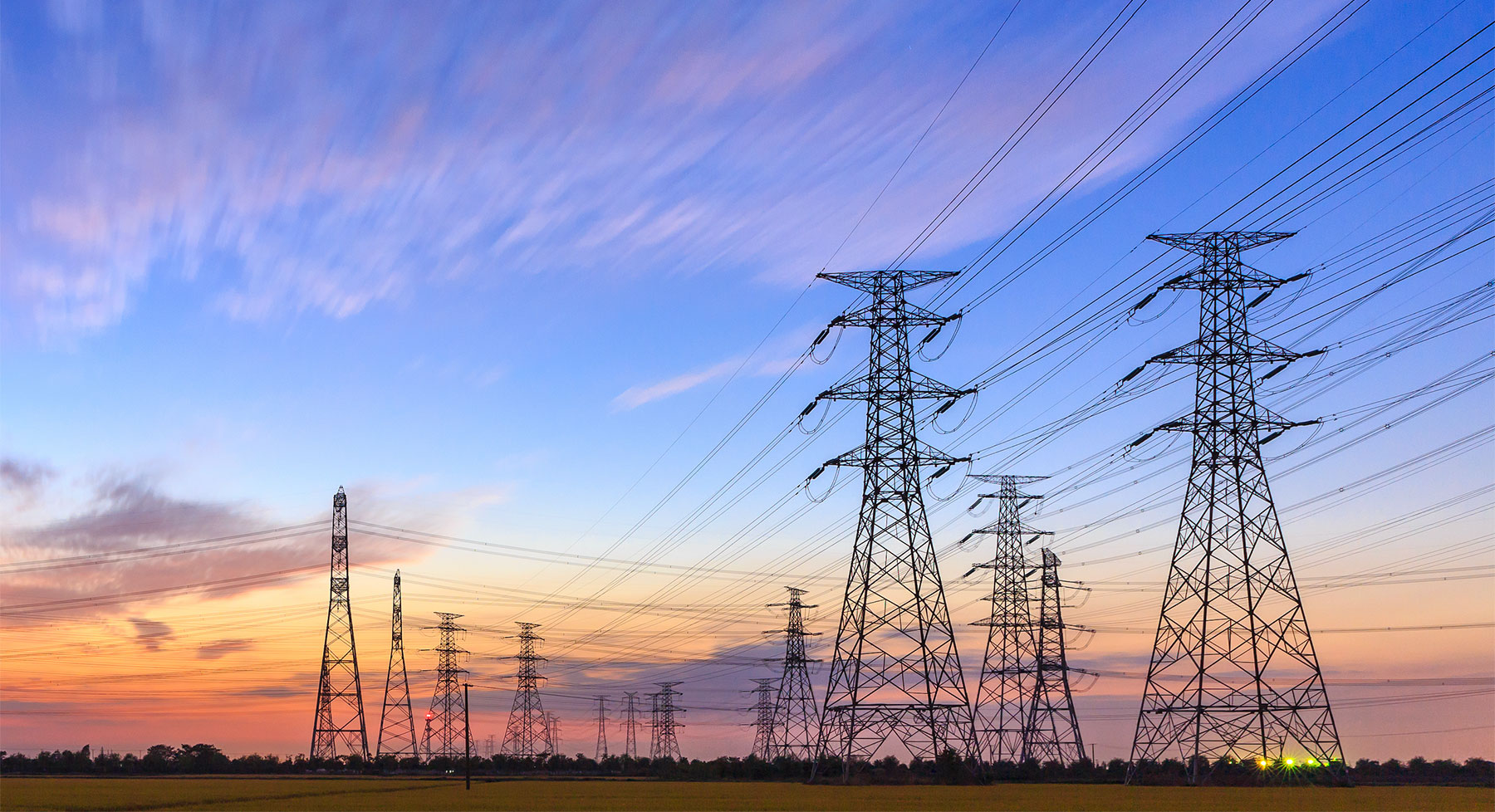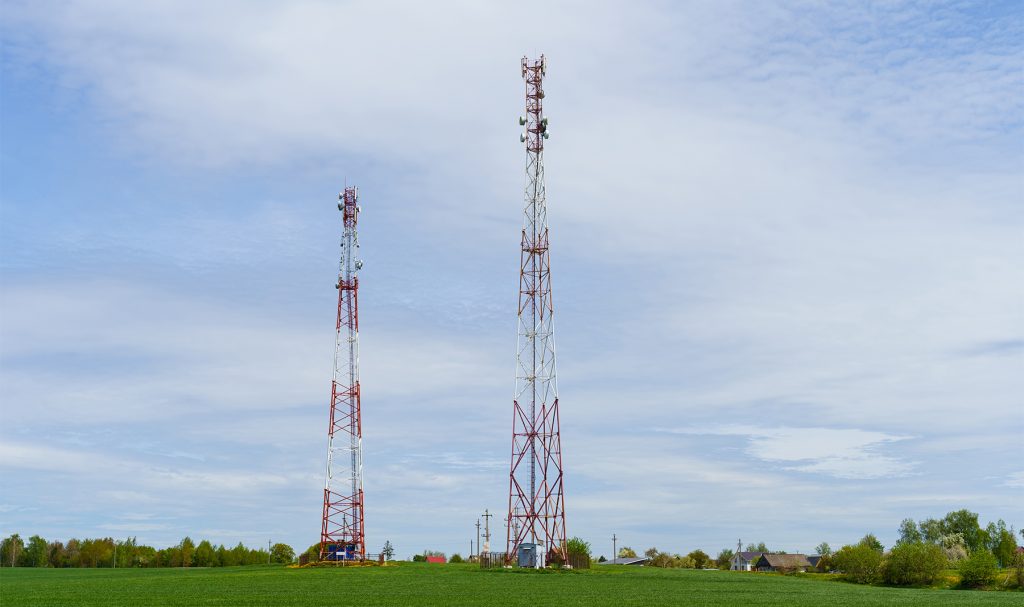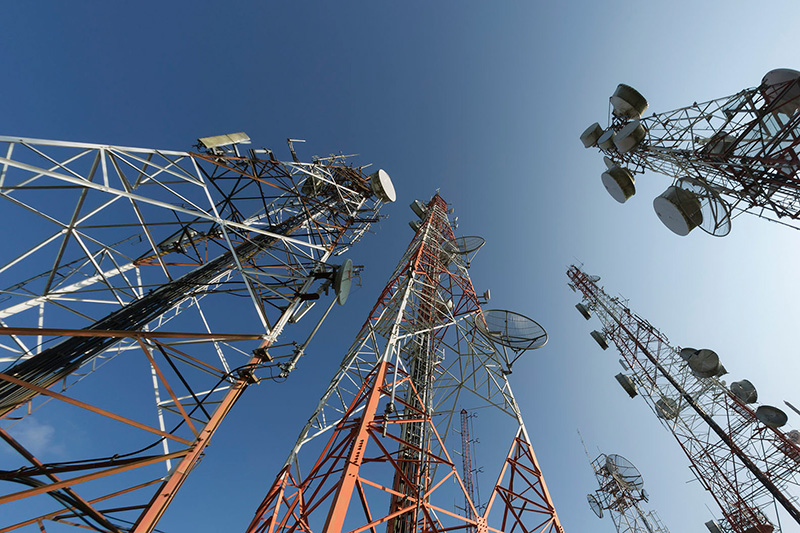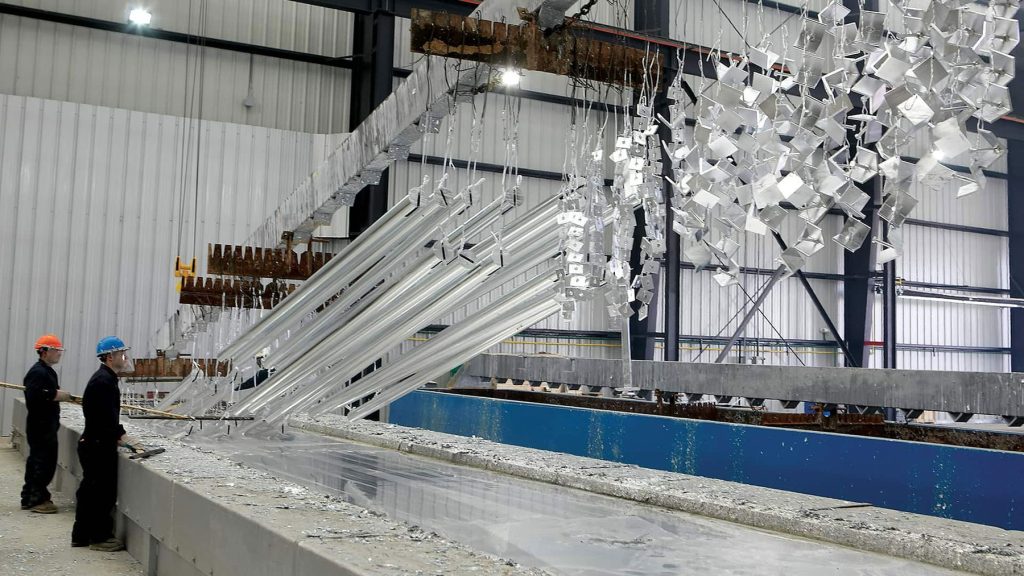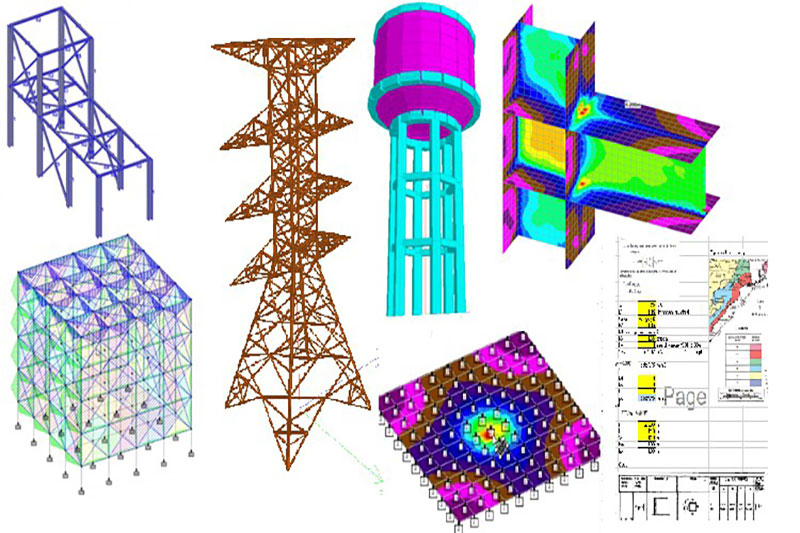The design and construction of telecommunication and power transmission towers have always been complex and demanding tasks. Engineers must consider a myriad of factors, including structural integrity, environmental conditions, and efficiency. The advent of advanced 3D design software has revolutionized this process, providing tools that enhance precision, streamline workflows, and foster innovation. In today’s post, we explore the impact of 3D software on the design of telecommunication and power transmission towers.
The Advantages of 3D Design Software
Enhanced Precision and Accuracy
Detailed Modeling: 3D design software allows engineers to create highly detailed models of towers, capturing every component and structural nuance. This precision minimizes errors and discrepancies that could lead to costly reworks during construction.
Simulation Capabilities: Advanced software tools offer simulation features that enable engineers to test the performance of their designs under various conditions, such as wind loads, seismic activity, and temperature fluctuations. This ensures the towers will perform reliably in real-world scenarios.
Improved Collaboration and Communication
Cloud-Based Platforms: Many 3D design tools are integrated with cloud-based platforms, facilitating real-time collaboration among engineers, architects, and other stakeholders. This leads to faster decision-making and reduces the risk of miscommunication.
Visualization Tools: High-quality visualizations and animations help convey complex design concepts to clients and regulatory bodies, ensuring that everyone involved has a clear understanding of the project.
Efficiency and Cost Savings
Automated Workflows: 3D software automates many aspects of the design process, such as generating drawings and material lists, which significantly reduces manual labor and accelerates project timelines.
Optimization Algorithms: These tools can optimize designs for material usage and structural efficiency, leading to cost savings and more sustainable projects.
Leading 3D Design Software for Tower Engineering
Autodesk Revit
Overview: Autodesk Revit is a powerful Building Information Modeling (BIM) software widely used in the architecture, engineering, and construction industries. It provides a comprehensive platform for designing, detailing, and documenting structural projects.
Features: Revit offers robust modeling capabilities, structural analysis tools, and integration with other Autodesk products. Its parametric components allow for easy modifications and design iterations.
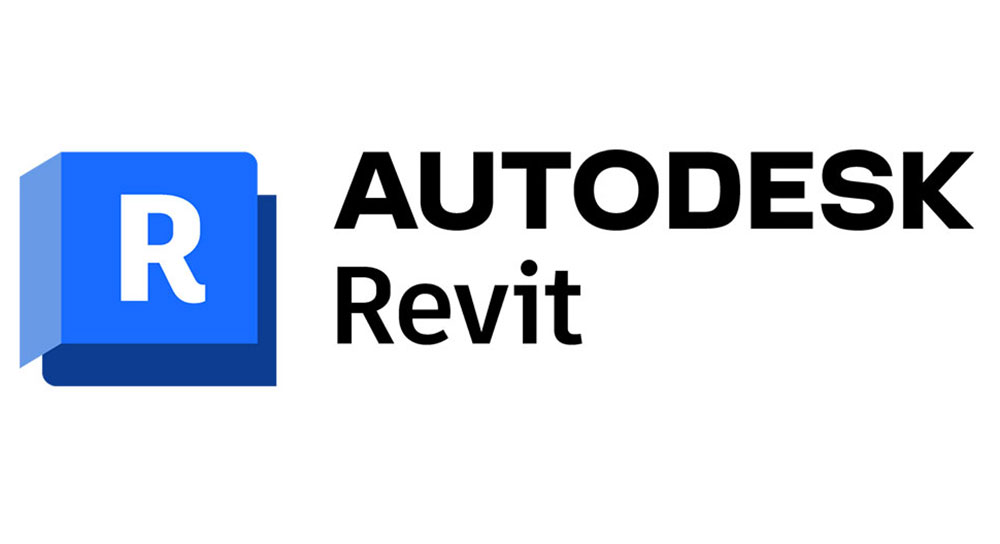
Bentley STAAD.Pro
Overview: STAAD.Pro by Bentley Systems is a leading software solution for structural analysis and design. It supports a wide range of structural engineering projects, including towers.
Features: STAAD.Pro offers advanced analysis tools for different load conditions, materials, and design codes. Its 3D modeling capabilities are complemented by comprehensive reporting and visualization options.
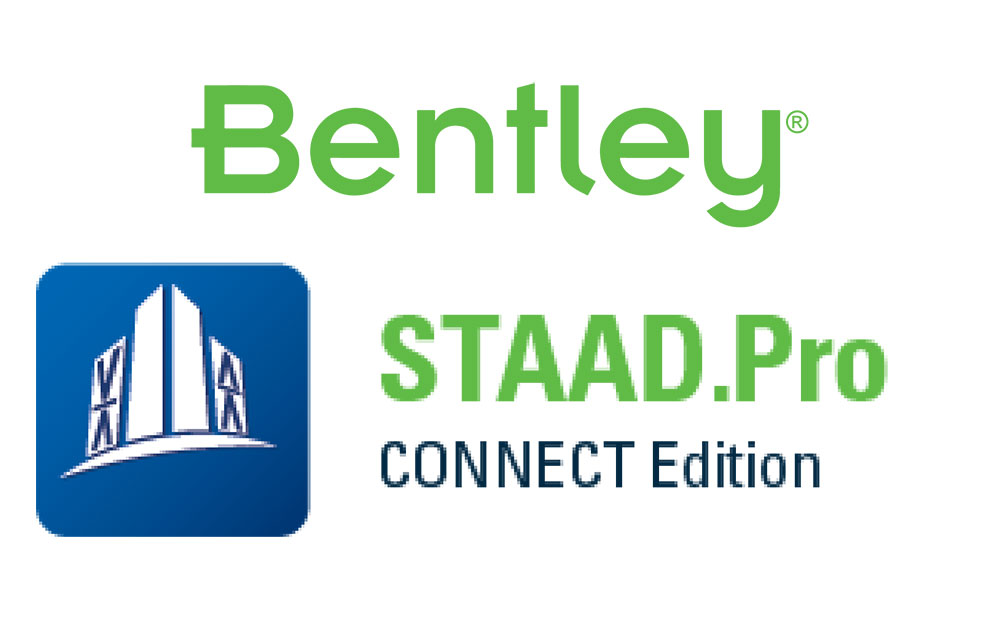
Tekla Structures
Overview: Tekla Structures, developed by Trimble, is a powerful BIM software specifically designed for structural engineering and construction. It is renowned for its ability to handle complex projects with high levels of detail.
Features: Tekla Structures provides precise modeling tools, clash detection, and integrated project management features. It supports steel and concrete structures, making it ideal for transmission tower design.
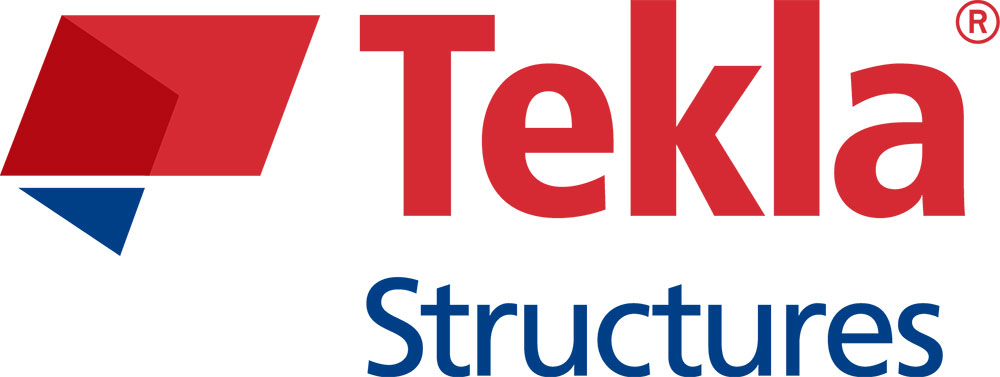
Case Studies: 3D Software in Action
Telecommunication Tower Design
Project: A major telecommunications company needed to upgrade its network infrastructure with new towers in urban areas.
Solution: Using Autodesk Revit, the engineering team created detailed 3D models of the towers, incorporating all structural elements and site-specific conditions. The software’s visualization tools helped secure regulatory approvals and stakeholder buy-in.
Outcome: The project was completed ahead of schedule with significant cost savings, thanks to the efficient design and collaborative features of Revit.
Power Transmission Tower Design
Project: A power utility company embarked on a project to replace aging transmission towers with more efficient and durable structures.
Bentley STAAD.Pro was used to analyze and design the new towers, ensuring they could withstand high wind loads and seismic activity. The software’s optimization features helped minimize material usage while maintaining structural integrity.
Outcome: The new towers were successfully installed, resulting in improved reliability and reduced maintenance costs for the utility company.
Future Trends in 3D Design for Tower Engineering
Integration with Augmented Reality (AR) and Virtual Reality (VR)
Enhanced Visualization: AR and VR technologies are being integrated with 3D design software to provide immersive experiences. Engineers and stakeholders can walk through virtual models of towers, identifying potential issues and making informed decisions before construction begins.
Artificial Intelligence and Machine Learning
Design Optimization: AI and machine learning algorithms are being incorporated into 3D design tools to enhance optimization processes. These technologies can predict performance outcomes, suggest design improvements, and automate repetitive tasks.
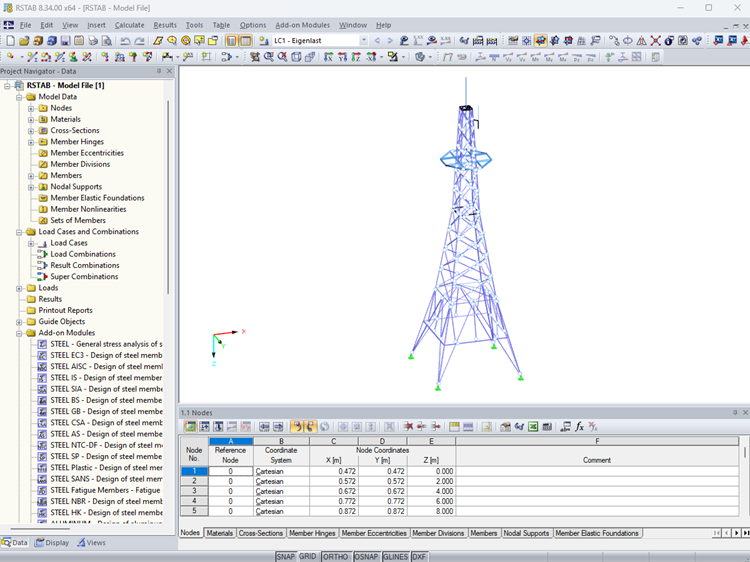
Sustainability and Environmental Impact
Green Design: 3D software is increasingly being used to design towers with a focus on sustainability. Features such as energy consumption analysis and environmental impact assessments help ensure that new towers meet stringent green building standards.
Conclusion
The use of 3D design software in the engineering of telecommunication and power transmission towers is transforming the industry. By enhancing precision, improving collaboration, and driving efficiency, these advanced tools are helping engineers meet the challenges of modern infrastructure projects. As technology continues to evolve, the integration of AR, VR, AI, and sustainability features will further revolutionize tower design, paving the way for a more connected and sustainable future.
Stay tuned to our blog for more insights and updates on the latest trends and developments in power transmission and telecommunication tower engineering.
